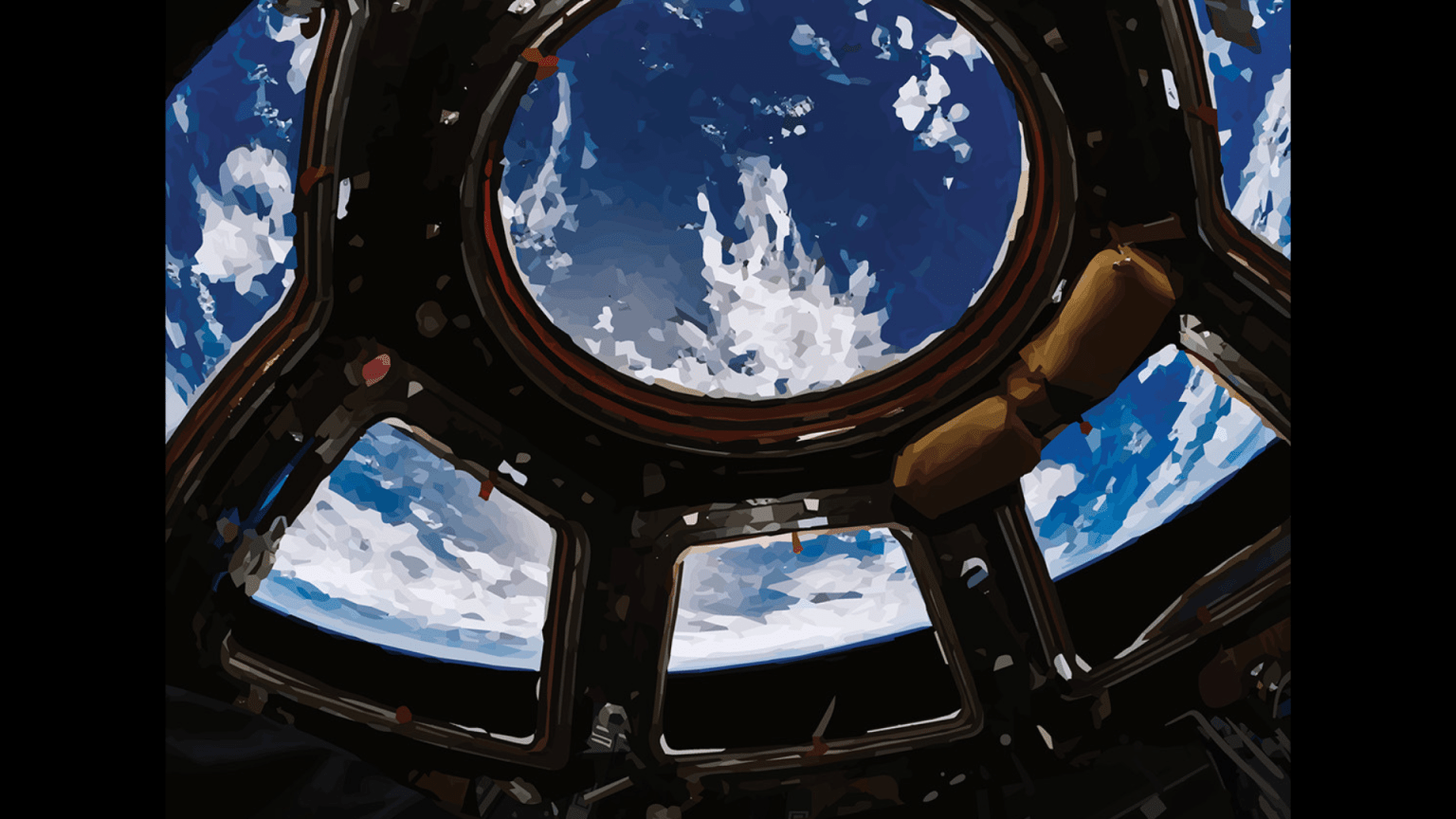The human body evolved within the constant force of Earth’s gravity. To prevent bone and muscle atrophy during their stays in space, astronauts must exercise every day. For researchers studying bone or muscle loss that might be caused by diseases, aging or a sedentary lifestyle, the microgravity environment aboard the International Space Station is a unique place to perform experiments that can help us understand how the body works.
Animal models such as mice are instrumental to this kind of microgravity research, serving as the subjects of Rodent Research-19 (RR-19), which is investigating a proposed method of preventing loss of bone and keeping muscles strong and healthy.
RR-19, also known as Mighty Mice in Space, investigates myostatin and activin. These molecular signaling pathways influence the breakdown of muscles and bones. Researchers are studying them as possible targets for keeping muscles and bones healthy during spaceflight, and enhancing recovery following a return to Earth.
The scientists behind this research are Se-Jin Lee and Emily Germain-Lee of the University of Connecticut School of Medicine. Lee and Germain-Lee also hold appointments at The Jackson Laboratory and Connecticut Children’s Medical Center, respectively. Lee and Germain-Lee, a married couple, have been working together for the past 10 years on this research, but decades of work have led to the Mighty Mice experiment.

Lee and Germain-Lee met in college as undergrads while studying biochemistry. Both went on to get advanced degrees and pave their own paths in research, Lee focusing on studying muscle and Germain-Lee focusing on bone disorders. “I’ve invested a great deal of my life in taking care of children who have a lot of conditions that affect their bones.” Germain-Lee said. “Their bones may be broken, but their spirits aren’t.”
Twenty years ago, Lee’s lab made a discovery. He uncovered new information about the behavior of myostatin and its influence on muscle growth. “I began thinking that microgravity would be the perfect place to perform myostatin experiments and put our developmental drugs to the test,” Lee said.
Myostatin typically limits muscle growth. When you block it, muscles can grow much larger than normal size. When Lee genetically engineered mice to lack myostatin completely, their muscles grew to twice normal size. Naturally occurring mutations causing the blockage of myostatin have also provided evidence of the power of the protein. Belgian Blue cattle, bred in Europe after World War II to accommodate increased demand for more meat, was the first species identified with a naturally occurring mutation in the myostatin gene.

The couple continued to work independently until Germain-Lee had a thought. She noticed that her patients with weak bones also often went on to have weak muscles. “We were talking one day, and I said, ‘what if this drug could also help with bone development?’” Germain-Lee said.
That set off a new round of experiments. The couple officially partnered on the lab bench to see if Lee’s discovery could also help Germain-Lee’s patients with deficient bone density. They found that this drug could potentially benefit both of their areas of research.
A decade later, 40 years after first meeting in college and 35 years into their marriage, came a grand opportunity. The ISS U.S. National Laboratory would enable Lee to conduct an experiment similar to the one Lee had considered back in the 90s. “No experiment here on Earth can evenly simulate bone and muscle loss like microgravity can. The space station is the perfect environment to be able to test experimental bone and muscle loss drugs,” says Germain-Lee. “It’s everything I’ve ever wanted to work on all in one project. It feels like it all came together in this experiment.”
The scientists planned an investigation to send 40 mice to live in microgravity aboard the International Space Station with 40 comparable mice studied on Earth as the control group. Some of the mice are genetically engineered not to produce any myostatin, while others are normal mice that receive a drug capable of blocking myostatin, as well as activin, which regulates bone mass. The goal is to improve muscle and bone mass simultaneously.

Lee and Germain-Lee got their chance to run the experiment in Dec. 2019 with the launch of SpaceX’s 19th cargo resupply mission to the space station. On launch day, the couple nervously watched the rocket on the pad. As the countdown hit zero, the enormity of the moment hit Germain-Lee. “Watching the launch, I just started crying. And not just crying a little bit. I started sobbing. It must have been the emotion from 20 years of work all coming out at once,” Germain-Lee said. “From a professional perspective, it’s so rewarding to work on something that I know will benefit my patients. From a personal perspective, to be doing this with Se-Jin has been tremendously fulfilling.”

In space, astronauts used the Bone Densitometer to see how the bones of the mice were responding to microgravity. “During the day, I could focus on other things, but when I went to bed, all I could think about was those mice,” Germain-Lee said. “After the capsule came back, we had to wait until the mice were back in the lab.”
The SpaceX Dragon spacecraft returned to Earth in Jan. 2020, carrying the mice among the many research investigations and supplies from the station. With the mice home, the pair went into data analysis mode. The results look promising, and the couple is already thinking about next steps and how to build on the research. This study could support the development of therapies for a wide range of conditions that cause muscle and bone loss on Earth and in space. “If this comes to fruition as a treatment in humans, it would be a dream come true,” says Germain-Lee.
Search this database of scientific experiments to learn more about each of those mentioned above.































